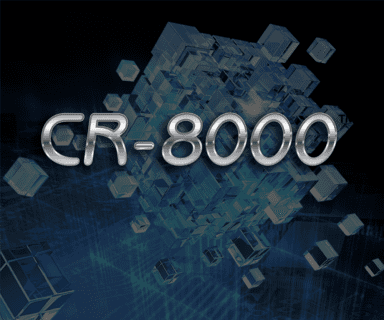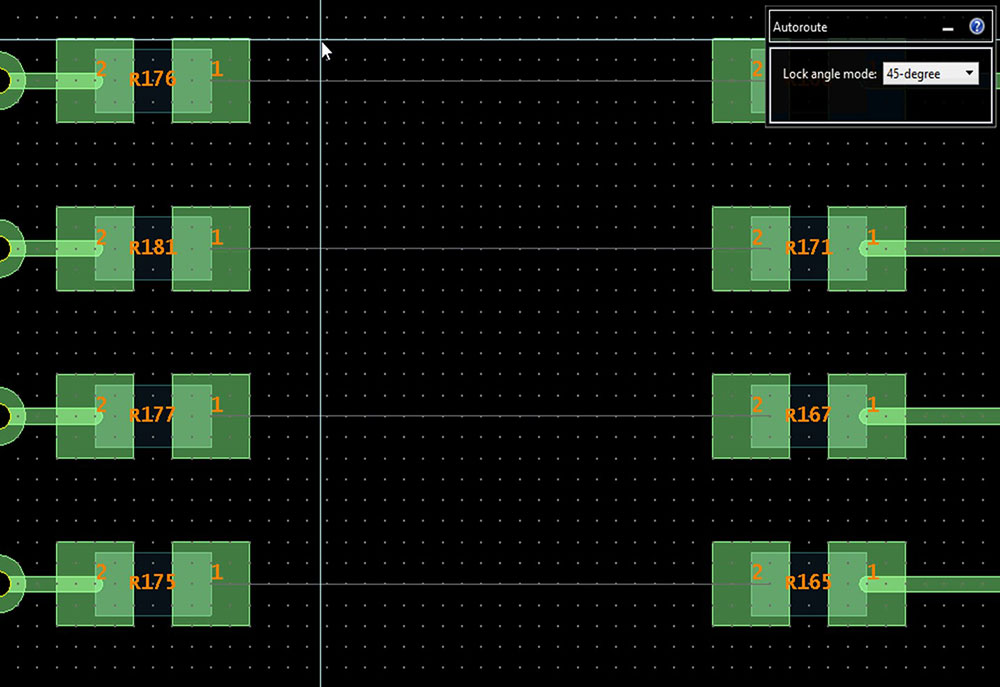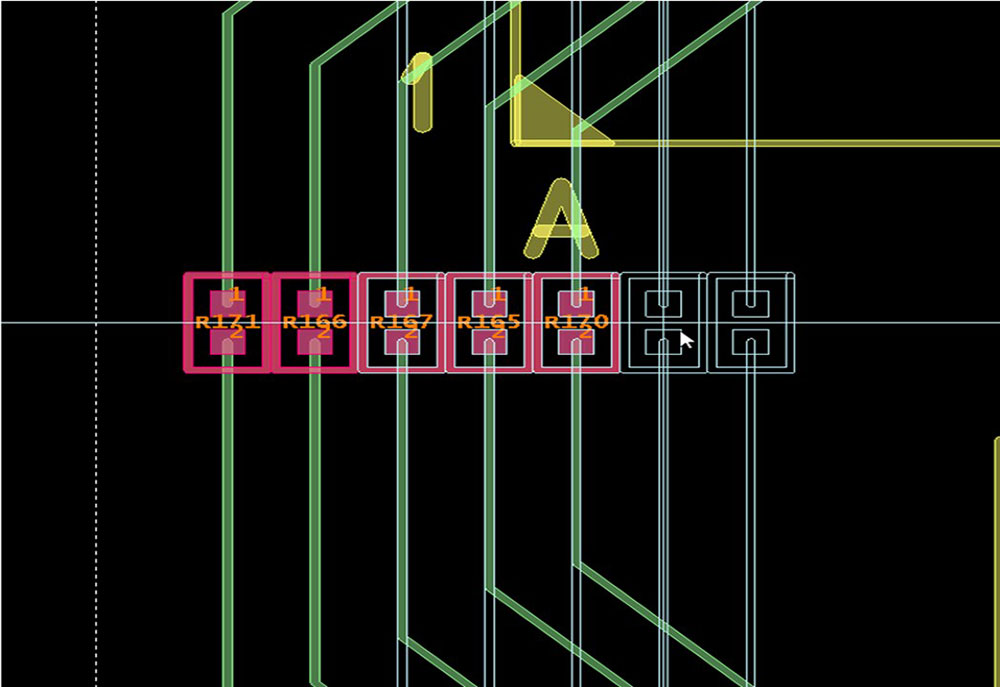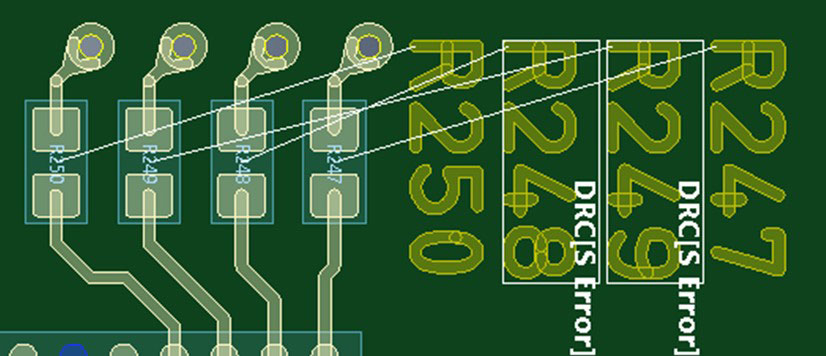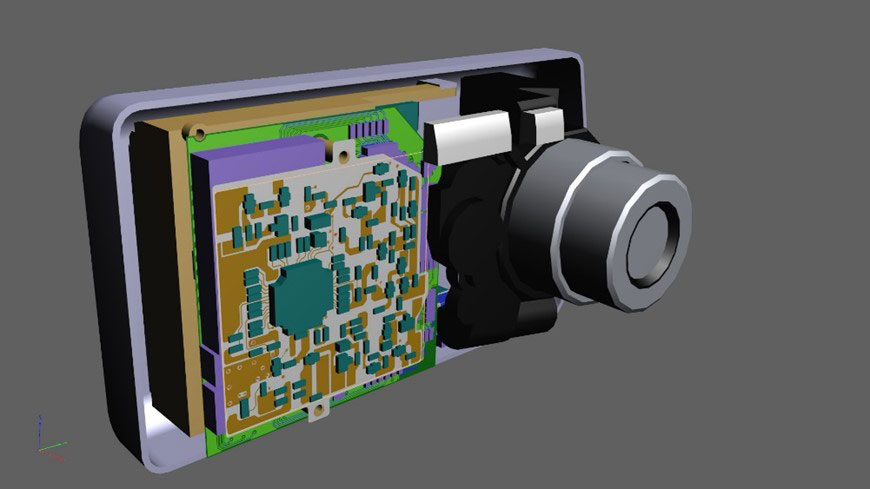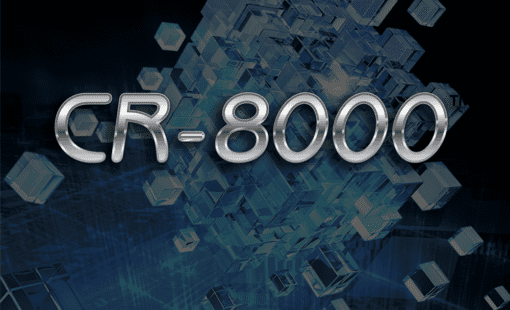CR-8000 2018 – Performance, quality and manufacturability
CR-8000 2018 has numerous enhancements aimed at ensuring performance, quality and manufacturability for today’s most advanced PCB technologies. These include enabling efficient front-loading of design constraints and specifications to the design creation process, coupled with sophisticated placement and routing capabilities for physical layout. This will increase efficiency and ensure quality through streamlined collaboration across the PCB design chain.

